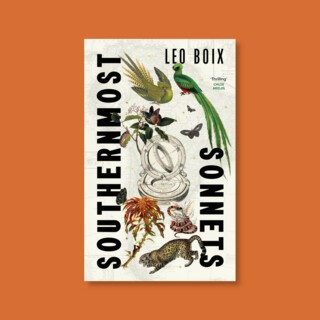Norwegian Easter Crime
Posted by Kari Dickson

When I tell people I'm a translator and that a lot of my time is spent translating Scandinavian crime fiction, the inevitable question is: what is it about Scandinavian crime? I'm not sure that there is a simple answer, but crime fiction has played an important role certainly in Norwegian literary culture for a long time. The first Norwegian crime story is generally dated to The Murder of Engine Maker Roolfsen by Mauritz Hansen, from 1839-40. Norwegian crime fiction started fairly early on to spill over from purely popular fiction into the realms of literary fiction, and has generally migrated from right to left in terms of social outlook, following in the footsteps of the Swedish king and queen of crime, Sjöwall and Wahlöö, from the 1960s. But there is perhaps another reason why crime fiction has had such a strong standing in Norway, a peculiar tradition known to few outside Norwegian circles, and that is 'Easter Crime'.
Covers for annual Easter crime anthologies, based on Kvikk lunsj packaging (left) and cards (right)
When Norwegians head off to the mountains for the Easter break, they take with them skis, oranges and raisins, Kvikk lunsj (equivalent to a KitKat), cards and a crime novel. Until relatively recently, most if not all crime novels were launched just before Easter, and while that is not entirely the case any more, there is a spike in sales of crime fiction around Easter. Special anthologies are published, and crime mysteries even appear on milk cartons.
TINE's Easter Crime mystery series, 2015
It is generally thought that the 'Easter Crime' tradition derives from a caper novel published in 1923. The established writers, Nordahl Grieg and Nils Lie, were both in need of a little extra income and wrote a book together under the pseudonym Jonathan Jerve. Bergenstoget plyndret inat! (Armed Robbery on the Bergen Train) tells the story of a group of students who are bored and broke, and so cook up a plan to rob the Bergen train. The idea is to rob the train at a point in the mountains that cannot be reached by car on Easter Sunday, which that year happens to fall on 1 April. The reasoning behind this is that firstly, people will be on holiday and secondly, they will think it's an April Fool's prank, so it will take a long time for the police to get there. It's a damn fine tale in the spirit of boys' own adventure, and a caper from start to finish.
The book became an instant bestseller, thanks to some particularly clever marketing by Harald Grieg (Nordahl's brother), who was an editor at one of the major publishing houses, Gyldendal. He bought advertising space on the front page of the national paper Aftenposten on Saturday 24 March 1923, a week before Palm Sunday. The positioning and lettering of the advert made it look very much like a headline, echoing the idea of an April Fool prank. Once people got over the initial panic and realised it was an advertisement, they then rushed out to buy the book, and spent Easter reading it. Clever marketing. (The advert is shown at the top of this blog post.)
Translating crime fiction presents many of the same challenges as translating any other kind of fiction, but there is inevitably plenty to discuss and think about in terms of culture, country, genre and sub-genre. The Norwegian crime writer Anne Holt once said that if you want to learn a little about a country, the first thing you should do on arrival is buy an interior magazine and a crime novel!
Kari Dickson will lead a masterclass on translating crime at the Bookshop on Monday 19 October. Book your ticket here.




